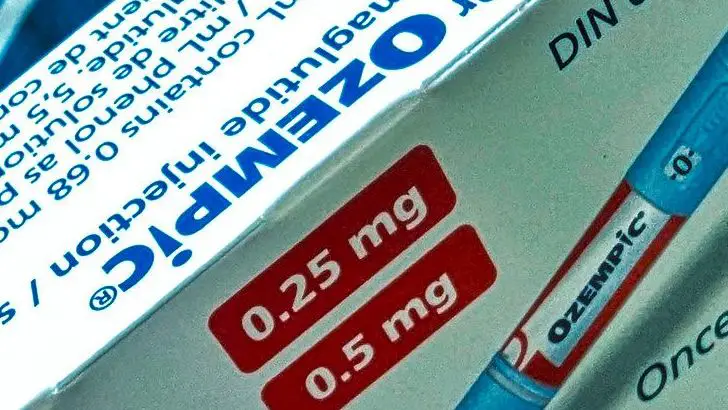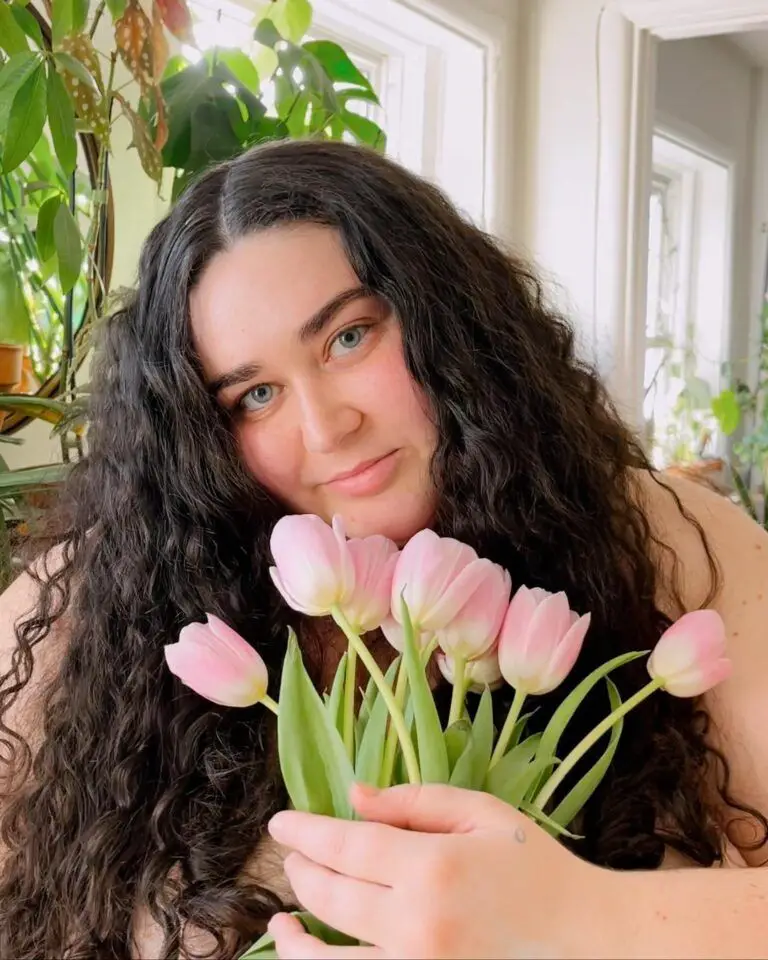A New Kind of Patient
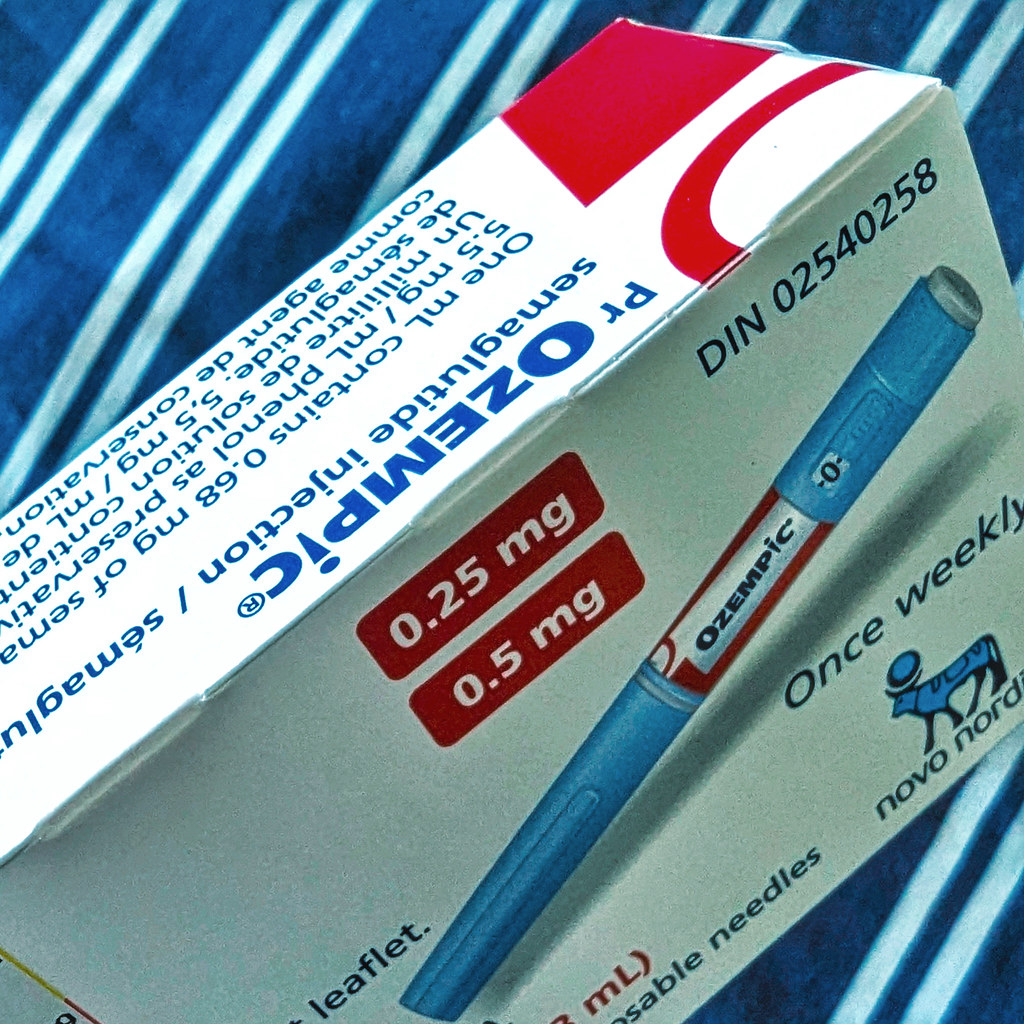
Roughly two years ago, dermatologist Dr. Paul Jarrod Frank began seeing a wave of patients at his New York clinic who were using weight-loss drugs like Ozempic. While pleased with their slimmer bodies, many were alarmed that their faces appeared older.
The Rise of “Ozempic Face”
Frank coined the phrase “Ozempic face” to describe the sagging skin and hollowed features some patients developed after losing significant weight on GLP-1 medications such as Ozempic and Wegovy.
Why It Happens
According to Frank, individuals in their mid-40s and older are particularly vulnerable to this effect once they shed 10 pounds or more. Larger weight losses – 20 or 30 pounds and beyond – often lead to noticeable facial deflation that can’t always be corrected with fillers alone.
How GLP-1 Drugs Work
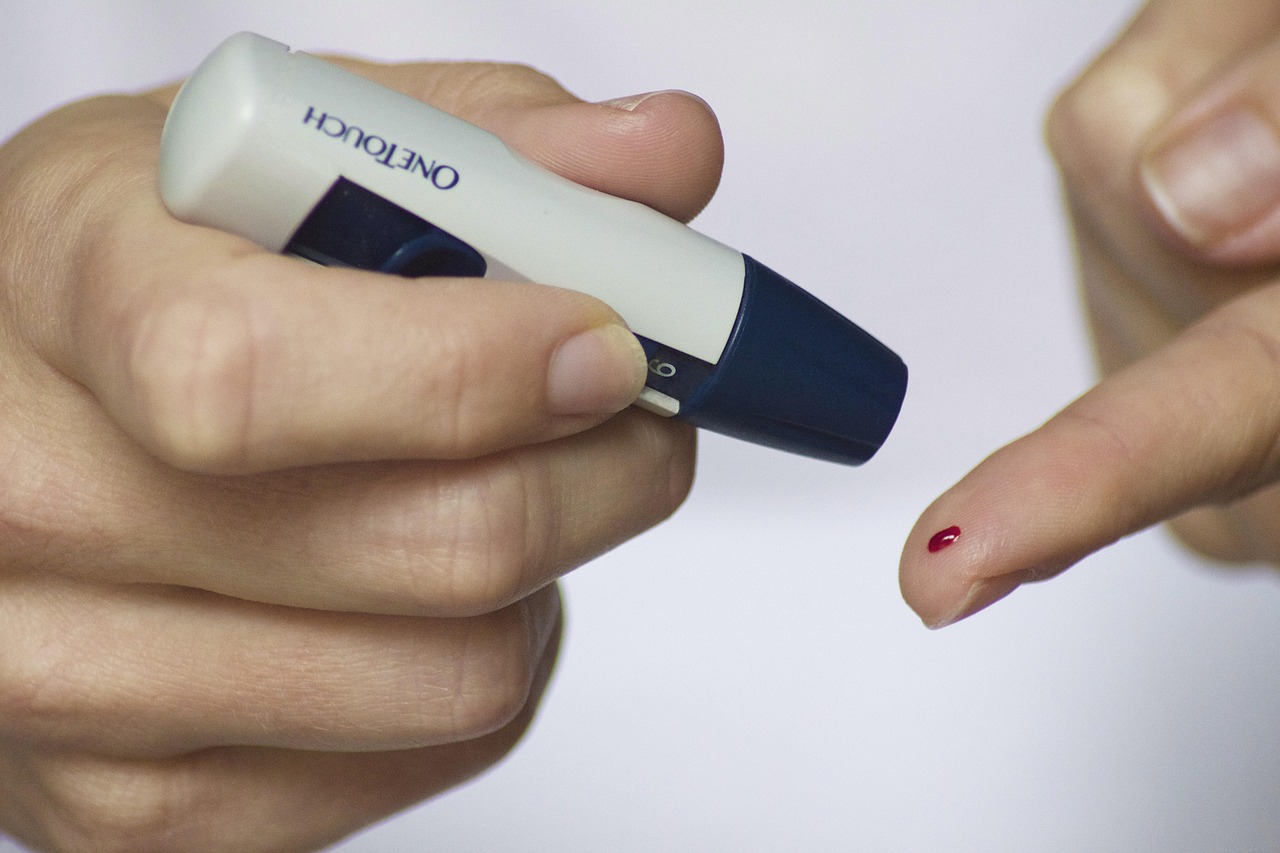
These drugs, originally approved to treat type 2 diabetes, reduce appetite and increase fullness by stimulating insulin production. Though prescribed for diabetes, they are now widely used for weight management. A 2024 survey by KFF found that one in eight U.S. adults had tried GLP-1s, with many using them purely for weight loss.
Cosmetic Fixes After Weight Loss
Roughly 20% of Frank’s patients are now on GLP-1s. Many return for aesthetic treatments like dermal fillers, facelifts, and fat transfers to restore lost volume. “Someone who once needed one syringe of filler may now require two or three,” Frank noted.
A Surge in Cosmetic Demand
The American Society of Plastic Surgeons reports an 8% rise in facelifts between 2022 and 2023, alongside a doubling in the use of dermal fillers since 2017. While not all linked directly to GLP-1 drugs, experts say the medications are fueling a broader boom in cosmetic procedures.
Younger Patients and Preventive Care
Younger patients, with greater skin elasticity, are less prone to severe sagging, but some are turning to Botox, microneedling, and other preventive treatments. For example, 29-year-old Gabriela Vasquez pursued cosmetic enhancements after losing 50 pounds on Ozempic, including microneedling to refine her jawline.
Beyond the Face
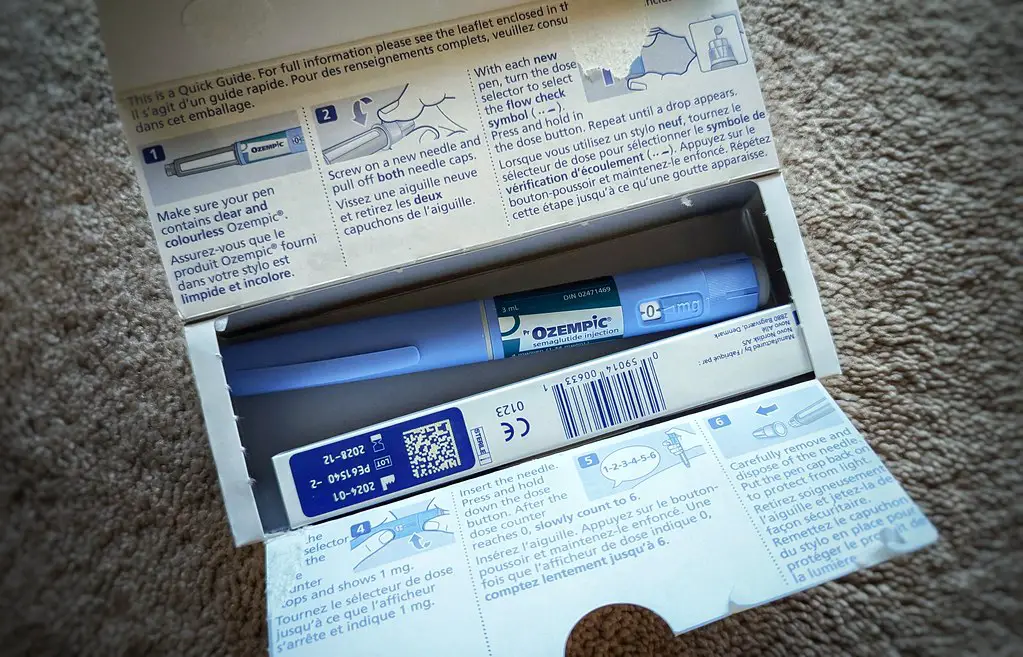
Doctors are also noting the rise of “Ozempic body,” referring to overall muscle and skin changes from rapid weight loss. Many patients are seeking body lifts, tummy tucks, and other procedures – sometimes grouped together in what is now called an “Ozempic makeover.”
The Cost of Transformation
For patients like Bongiorno, cosmetic care goes well beyond a single procedure. She has undergone multiple surgeries, from arm lifts to eyelid adjustments, spending close to $80,000 to restore comfort and confidence after weight loss.

